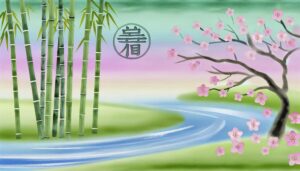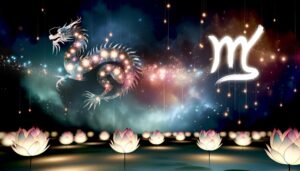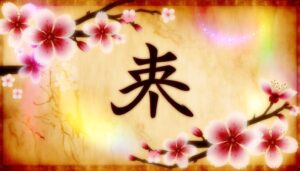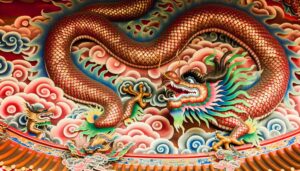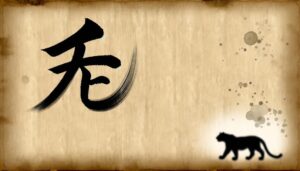How to Draw the Chinese Symbol Representing Mother and Son
The Chinese characters for 'mother' (母) and 'son' (子) are steeped in historical and cultural significance, dating back to the Shang Dynasty's oracle bone script. These symbols embody profound maternal bonds and underscore the importance of lineage and familial ties in Chinese culture.
Their evolution through various calligraphic styles—ranging from Clerical to Grass Script—reflects broader sociocultural transformations. The characters are not just linguistic elements but also carriers of rich, emotional, and cultural meanings, emphasizing virtues such as maternal love, nurturing, and filial piety.
By exploring these symbols, one can gain deeper insights into Chinese heritage and relational dynamics.
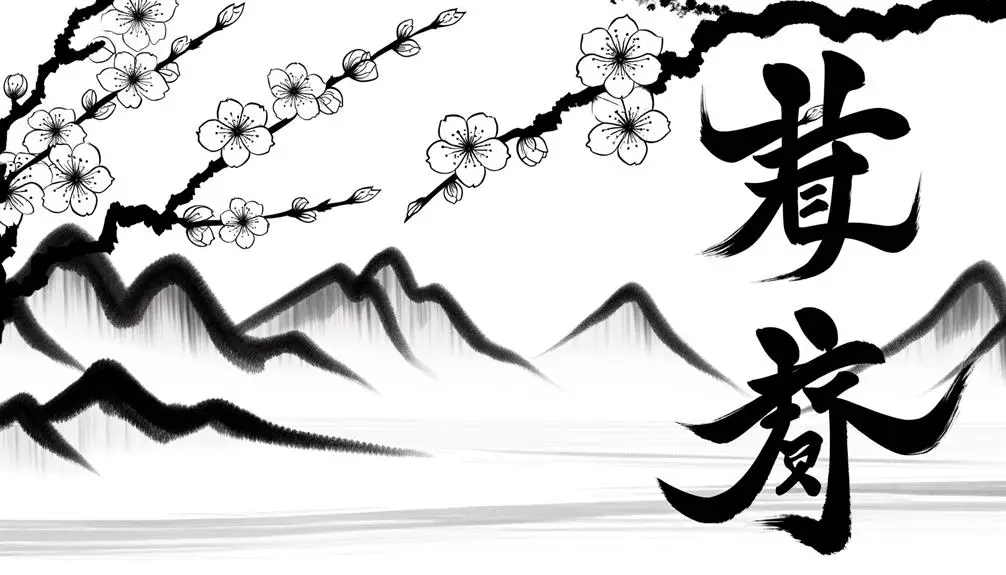
Key Takeaways
- The Chinese symbols for 'mother' (母) and 'son' (子) originated in the Shang Dynasty's oracle bone script.
- These symbols reflect profound cultural values of maternal love, filial piety, and family ties.
- They are depicted in various calligraphy styles, including Clerical, Regular, Running, and Grass Scripts.
- The symbols embody Confucian ideals of hierarchical respect and familial interconnectedness.
- They are used in modern art, literature, and daily life, symbolizing emotional and cultural heritage.
Historical Background
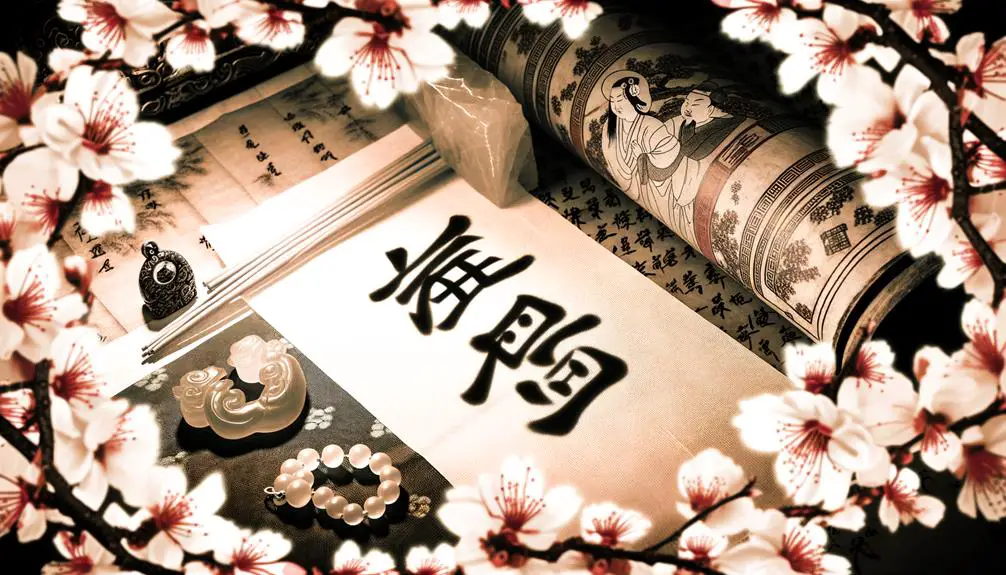
The historical evolution of the Chinese symbols for 'mother' (母) and 'son' (子) is deeply intertwined with the nation's linguistic development and cultural heritage. These characters date back to the Shang Dynasty (c. 1600-1046 BCE), originating in the earliest forms of Chinese writing, such as oracle bone script.
The symbol for 'mother' visually integrates elements representing nurturing and protection, reflecting the societal role of women in ancient China. Meanwhile, the symbol for 'son' signifies continuity and the importance of lineage. Over millennia, these characters have undergone various transformations across different script styles, from seal script to the modern simplified characters.
This evolution mirrors changes in Chinese society and linguistics, embodying a rich tapestry of historical significance.
Symbolic Meaning
The Chinese symbol for mother and son encapsulates profound maternal bond symbolism, reflecting the deep-rooted cultural values placed on family ties.
This symbol not only underscores the emotional connection inherent in the mother-son relationship but also conveys the broader cultural significance of filial piety and maternal love within Chinese society.
Analyzing this symbol provides insight into how these relationships are revered and portrayed in Chinese cultural heritage.
Maternal Bond Symbolism
Maternal bond symbolism in Chinese culture profoundly reflects the deep emotional and spiritual connection between mother and son. This bond is often depicted through intricate calligraphy and enduring cultural narratives. The Chinese character for mother (母, mǔ) and son (子, zǐ) are frequently intertwined in artistic representations, signifying an unbreakable bond characterized by nurturing and filial piety.
This connection is not merely a familial tie but a foundational aspect of Chinese societal values. Calligraphic renditions often emphasize fluidity and grace, embodying the compassion and unwavering support of a mother.
Moreover, legendary stories and classical literature deepen this symbolism, celebrating the virtues of maternal sacrifice and devotion. Such representations underscore the cultural reverence for the maternal role in shaping moral and ethical frameworks.
Cultural Significance Explained
Rooted in millennia of tradition, the symbolic meaning of the Chinese characters for mother and son extends far beyond simple familial relationships, encapsulating the broader cultural values of harmony, respect, and filial piety.
In Chinese culture, the mother is revered as the cornerstone of family unity and moral guidance. The character for mother (母) reflects nurturing and wisdom, while the character for son (子) symbolizes continuity and the carrying forward of family legacy. Together, they embody Confucian ideals, emphasizing the importance of hierarchical respect and the interconnectedness of family roles.
This symbolic relationship underscores a societal framework where each member contributes to collective well-being, illustrating the deep-seated reverence for family in Chinese cultural ethos.
Emotional Connection Depicted
In Chinese cultural symbolism, the characters for mother and son encapsulate a profound emotional connection that transcends mere biological ties, reflecting deeply ingrained values of mutual care, respect, and emotional interdependence.
The character for 'mother' (母, mǔ) is often depicted with nurturing connotations, embodying the essence of life-giving and protection. Conversely, the character for 'son' (子, zǐ) signifies continuity and filial duty. Together, these symbols represent a holistic relationship where the mother provides unconditional support and the son reciprocates with loyalty and respect.
This cyclical dynamic is not merely familial but also profoundly emotional, capturing the essence of intergenerational bonds cherished in Chinese culture, embodying a model of relational harmony and collective identity.
Ancient Texts
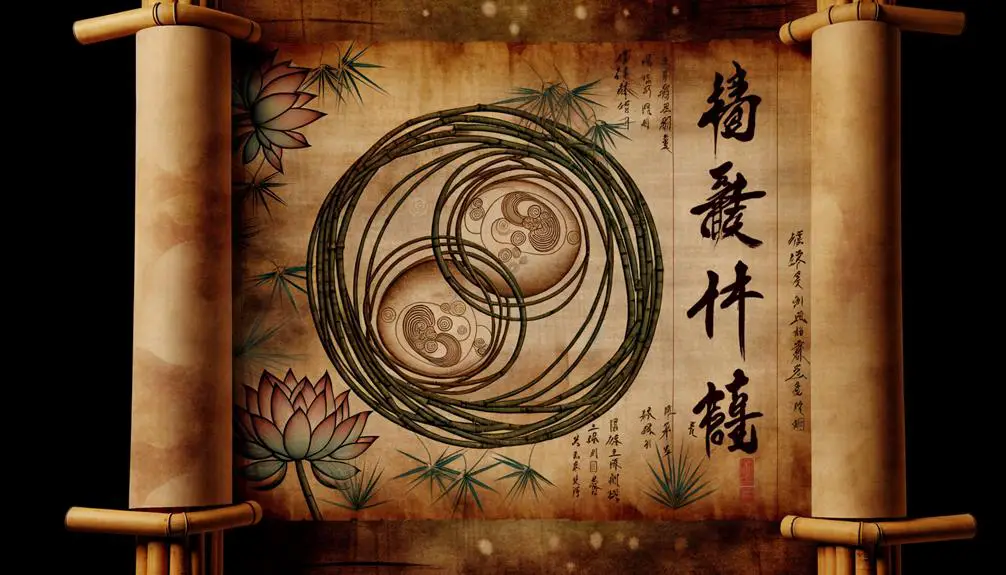
Ancient Chinese texts frequently employed intricate characters and symbols to convey profound cultural values and familial relationships, including the revered bond between mother and son. These texts often illustrated this relationship through specific characters, each imbued with deep meaning and historical context. Understanding these symbols requires an appreciation of the nuances in ancient Chinese language and literature.
| Symbol | Meaning | Context of Use |
|---|---|---|
| 子 (Zi) | Son | Represents offspring or descendant |
| 母 (Mu) | Mother | Signifies nurturing and care |
| 孝 (Xiao) | Filial piety | Denotes respect towards parents |
| 爱 (Ai) | Love | Emphasizes emotional connection |
| 家 (Jia) | Family | Symbolizes the family unit |
These symbols are not merely linguistic elements but embody the essence of Confucian values central to Chinese culture.
Calligraphy Styles
Calligraphy styles in Chinese culture reflect a profound artistic expression that encapsulates historical evolution, regional variations, and the personal touch of individual calligraphers. The intricate characters for 'mother' (母) and 'son' (子) are often rendered in various calligraphy styles, each presenting unique aesthetic and emotional nuances.
Key styles include:
- Seal Script (篆书): The oldest style, characterized by its formal and intricate shapes.
- Clerical Script (隶书): Known for its thick, angular strokes and ease of legibility.
- Standard Script (楷书): The most commonly used, providing clarity and precision.
- Running Script (行书): A semi-cursive style, offering fluidity and grace.
- Grass Script (草书): Highly cursive, emphasizing speed and individual expression.
These styles collectively enrich the cultural tapestry of Chinese calligraphy.
Cultural Significance

The characters for 'mother' (母) and 'son' (子) hold profound cultural significance in Chinese society, symbolizing the foundational bond of family and the enduring values of filial piety and maternal care. These characters are not merely linguistic symbols but encapsulate the deep-rooted Confucian ideals that prioritize family cohesion and respect for elders. The mother, often viewed as the nurturer and moral guide, is integral in shaping the son's character and societal role.
| Concept | Symbol | Cultural Value |
|---|---|---|
| Mother (母) | 母 | Nurturing, Guidance |
| Son (子) | 子 | Continuity, Legacy |
| Family Bond | 母子 | Unity, Filial Piety |
The relationship underscores the cyclical nature of life and the transmission of cultural values.
Artistic Representations
The artistic representations of the Chinese symbol for mother and son span a spectrum from the elegance of traditional calligraphy to the innovative expressions found in contemporary media. Traditional calligraphy styles emphasize the harmonious relationship through balanced strokes and classical aesthetics.
In contrast, modern interpretations often utilize digital media and mixed techniques to reflect evolving cultural contexts and personal narratives, while retaining the profound emotional connection inherent in the symbol.
Traditional Calligraphy Styles
Exploring traditional calligraphy styles, one finds that the artistic representations of the Chinese symbols for mother and son embody profound cultural significance and historical depth. These characters, 妈 (mā) and 子 (zǐ), are often rendered in diverse calligraphic forms, each reflecting unique aesthetic and philosophical elements of Chinese culture.
Key styles include:
- Seal Script (篆书): The oldest style, characterized by its intricate and formal strokes.
- Clerical Script (隶书): Known for its elegant, flat strokes and wider brushwork.
- Regular Script (楷书): The most standardized and widely recognized form.
- Running Script (行书): A semi-cursive style that balances legibility and fluidity.
- Grass Script (草书): Highly cursive and expressive, often used for artistic expression.
Each style offers a distinct lens through which to appreciate these cherished symbols.
Modern Interpretations and Media
In contemporary art, modern interpretations of the Chinese symbols for mother (妈, mā) and son (子, zǐ) often merge traditional calligraphy with innovative media, reflecting evolving cultural narratives and aesthetic sensibilities. This fusion can be seen in various artistic forms, from digital art to multimedia installations, weaving together the past and present. Artists use these symbols to explore themes of familial bonds, identity, and heritage, resonating deeply with audiences.
| Traditional Symbol | Modern Interpretation |
|---|---|
| 妈 (mā) | Digital calligraphy on interactive screens |
| 子 (zǐ) | 3D printed sculptures depicting mother-son relationships |
| 妈 (mā) & 子 (zǐ) | Augmented reality experiences visualizing family stories |
This dynamic interplay invites viewers to reimagine these timeless connections through a contemporary lens.
Philosophical Underpinnings
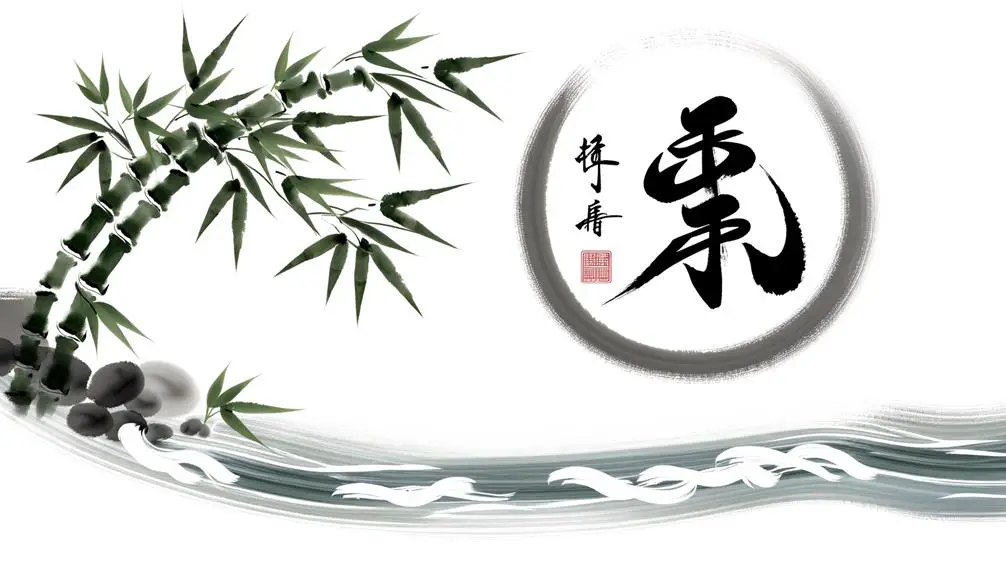
Ancient Chinese philosophy profoundly shapes the symbolic relationship between mother and son, reflecting deep-rooted values of familial harmony and filial piety. This symbolic bond is underpinned by several philosophical tenets:
- Confucianism: Emphasizes filial piety (孝, xiào), stressing respect and duty towards parents.
- Daoism: Advocates for natural harmony and balance within family dynamics.
- Buddhism: Promotes compassion and selflessness, essential in maternal love.
- Legalism: Although more rigid, underscores the importance of hierarchical family structures.
- Yin-Yang Theory: Reflects complementary forces, where the mother (yin) and son (yang) balance each other.
These philosophical foundations illustrate how the relationship transcends mere biological connections, embedding itself into the ethical and moral fabric of Chinese culture.
Symbol in Literature
In the domain of literature, the Chinese symbol for mother and son is richly represented, particularly through its nuanced presence in classic texts and evocative maternal imagery in poetry. Traditional narratives often embed this symbol to highlight familial bonds and societal values, revealing the depth of its cultural significance.
Poetry, with its intrinsic capacity for emotional expression, frequently employs maternal imagery to explore themes of nurture, sacrifice, and continuity.
Symbolism in Classic Texts
Classic Chinese literature often imbues the mother-and-son relationship with profound symbolic significance, reflecting the intricate dynamics of familial duty, filial piety, and cultural continuity. This relationship is frequently explored through various narratives and character arcs, revealing the socio-cultural values embedded within these texts.
Key aspects include:
- Filial Piety (孝, xiào): Emphasizing the son's respect and devotion to his mother.
- Maternal Sacrifice: Highlighting the mother's selflessness and enduring love.
- Cultural Continuity: Illustrating the transmission of values and traditions from one generation to the next.
- Moral Education: Depicting the mother's role in the moral and ethical upbringing of her son.
- Emotional Bond: Reflecting the deep, often unspoken, emotional connection between mother and son.
These elements collectively underscore the timeless importance of this archetypal bond.
Maternal Imagery in Poetry
Exploring maternal imagery in Chinese poetry reveals a rich tapestry of metaphors and symbols that poignantly capture the depth and complexity of the mother-and-son relationship. Classical poems often depict mothers as nurturing yet formidable figures, embodying both strength and tenderness.
The recurring motif of the 'thread and needle' symbolizes the mother's diligent care and unbreakable bond with her son, as seen in the works of Tang dynasty poets. Moreover, the imagery of a mother's tears and sleepless nights eloquently conveys her unwavering devotion and sacrifice.
These symbolic representations not only highlight the personal and emotional dimensions of maternal love but also reflect broader societal values and familial expectations intrinsic to Chinese culture.
Modern Interpretations
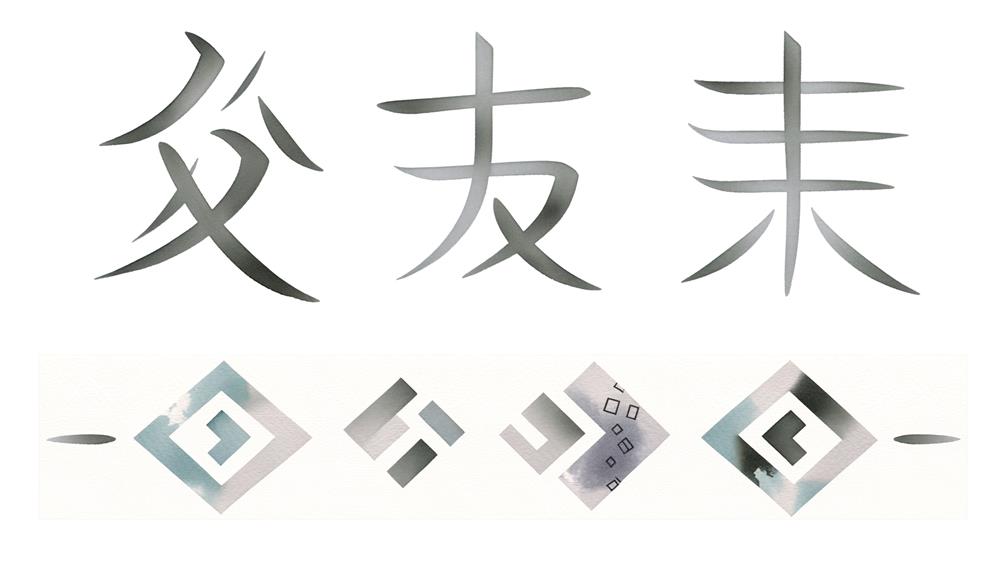
Modern interpretations of the Chinese symbol for mother and son reflect a nuanced blend of traditional values and contemporary perspectives, offering a rich tapestry of meaning in today's cultural landscape. These interpretations often emphasize the evolving dynamics within familial relationships, while still honoring the deep-seated cultural reverence for motherhood.
- Representation of nurturing and protection:
The symbol continues to signify the mother's role as a caretaker.
- Modern family structures:
It adapts to include single-parent households and non-traditional family units.
- Gender roles:
The symbol is increasingly seen through the lens of equality and shared responsibilities.
- Artistic expressions:
Contemporary artists incorporate the symbol in various mediums to explore familial bonds.
- Intergenerational ties:
It remains a potent reminder of the enduring connection between generations.
This synthesis of old and new interpretations enriches the cultural dialogue surrounding family dynamics.
Usage in Daily Life
Incorporated into various aspects of daily life, the Chinese symbol for mother and son serves as a profound cultural touchstone that underscores the significance of familial bonds and maternal influence.
This symbol finds its place in home decor, often adorning walls and furniture, thereby creating a daily reminder of family unity and respect for maternal roles. It is also popular in jewelry and clothing, further embedding its cultural importance into personal identity.
Additionally, the symbol appears in literature and art, enriching narratives and visual expressions with its deep meaning. By integrating this emblem into diverse domains, the continuity of traditional values is maintained, fostering a collective sense of heritage and emotional connection within the community.
Comparative Analysis
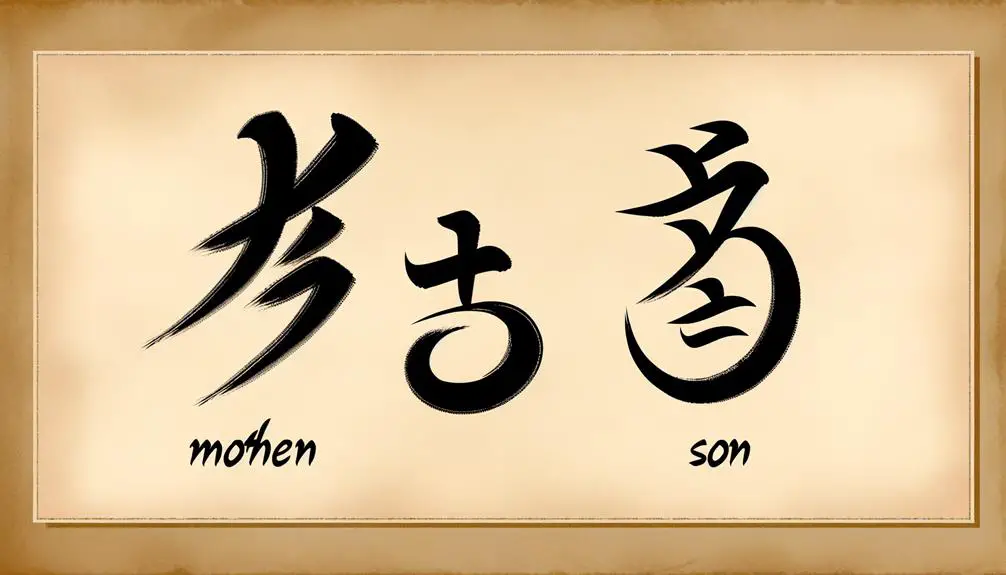
A comparative analysis of the Chinese symbol for mother and son with similar symbols from other cultures reveals both universal themes of familial bonds and unique cultural nuances. This exploration underscores how diverse societies express the profound connection between mother and child.
- Japanese Kanji: The characters for mother (母) and child (子) share visual simplicity and relational context.
- Egyptian Hieroglyphs: Symbols like the seated mother and infant emphasize maternal nurturing.
- Navajo Symbols: Patterns reflect the integral role of mothers in kinship and community.
- Greek Iconography: Classical art often portrays maternal figures in nurturing poses.
- African Adinkra Symbols: Designs such as 'Nkyinkyim' symbolize adaptability and maternal resilience.
These comparisons highlight how cultural expressions of motherhood convey both shared human experiences and distinct cultural identities.
Future Perspectives
Looking ahead, the evolution of the Chinese symbol for mother and son will likely continue to reflect broader societal changes while preserving its deep-rooted cultural significance. As China modernizes, the symbol will develop, influenced by technological advancements and shifting familial dynamics.
| Aspect | Future Implications |
|---|---|
| Technological Impact | Digital representations and global reach |
| Societal Shifts | Changing family structures and roles |
| Cultural Preservation | Sustaining traditional values and meanings |
This duality of modernity and tradition will guarantee that the symbol remains relevant and meaningful. Efforts to integrate traditional symbols into contemporary contexts, such as digital media and international art, will further this evolution. Understanding this dynamic interplay allows us to appreciate the symbol's enduring legacy and its future potential.
Conclusion
The Chinese symbols for mother and son encapsulate profound historical, cultural, and emotional dimensions, akin to a tree deeply rooted yet expansively branching. These characters, evolving through calligraphy styles and ancient texts, bear immense significance in both traditional and contemporary contexts.
Their daily usage and modern interpretations underscore a continued reverence for familial bonds. Comparative analysis reveals their unique standing among global symbols.
Future perspectives suggest an enduring legacy, continuously adapting to societal transformations.

